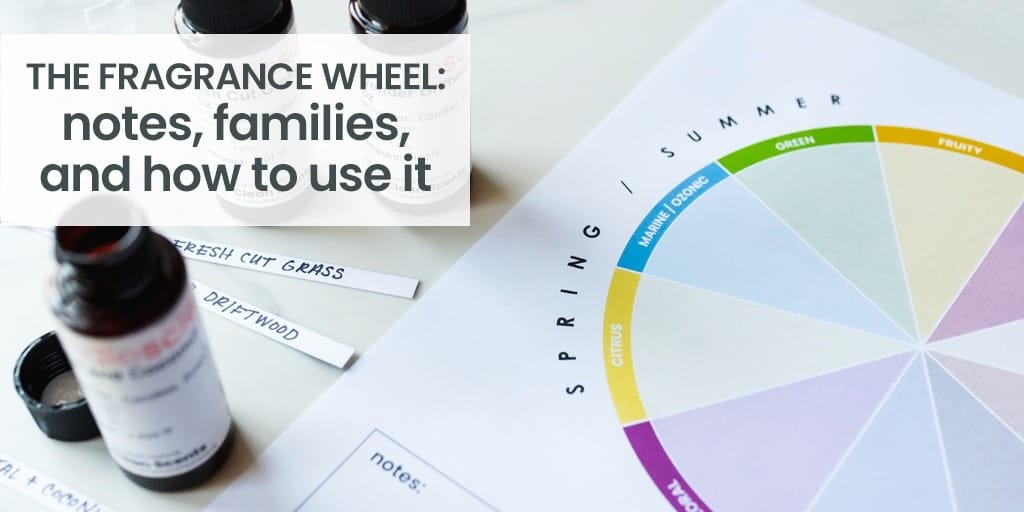Perfume, a liquid tapestry of memories, emotions, and personal expression, transcends mere scent. It’s an art form, a silent language that speaks volumes about who we are. To truly appreciate this art, we must navigate the intricate world of fragrance families, the foundational building blocks of every perfume.
These families, akin to musical genres, categorize scents based on shared perfume notes, enabling us to decipher the olfactory code and find our signature scent.
What Are Fragrance Families, and Why Do They Matter?

Imagine a vast garden, where each section represents a distinct scent profile. These sections are your fragrance families. They group perfumes with similar aromatic characteristics, making it easier to understand and articulate scent preferences. Just as a sommelier distinguishes between wine varieties, a fragrance connoisseur discerns between floral scents, woody notes, and oriental accords.
This understanding empowers you to explore, experiment, and ultimately, curate a personal fragrance collection that resonates with your unique essence.
To embark on your olfactory journey, consider exploring a discovery set from Fraganote, a curated selection of our finest perfumes designed to illuminate the diverse landscape of fragrance families.
How Does the Fragrance Wheel Help Us Understand Scent Relationships?

The fragrance wheel, a circular diagram, visually represents the relationships between different fragrance families. It typically includes:
- Floral: The heart of romance.
- Woody: The essence of earthiness.
- Oriental (Amber): The embodiment of sensuality.
- Fresh: The spirit of vitality.
These main families are further divided into subcategories, creating a nuanced map of olfactory possibilities.
What Defines the Floral Family, and What Scents Does It Include?
The floral family, a perennial favorite, captures the ephemeral beauty of nature’s blooms. It’s a realm of rose, jasmine, neroli, and orchid, where sweetness and romance intertwine.
Often associated with cosmetics and feminine elegance, floral scents are versatile, ranging from delicate eau de toilette to intense fragrance oils.
- Key Characteristics: Sweet, fresh, romantic.
- Subfamilies:
- Soliflore: A singular floral note, like a pure rose oil.
- Floral Bouquet: A harmonious blend, like a vibrant garden.
- Floral Fruity: A refreshing fusion, like a fruit basket adorned with floral scents.
Example: Imagine a floral scent with top notes of lemon and orange, a heart of jasmine and neroli, and a base of subtle musk. This blend could be used in a candle or a personal perfume.
What Characterizes the Woody Family, and How Is It Used in Perfumery?
The woody family evokes the strength and stability of nature’s forests. It’s a realm of sandalwood, patchouli, and cedarwood, where warmth and sophistication converge. Traditionally favored in aftershave and men’s eau de cologne, woody notes now grace unisex and women’s perfumes, adding depth and complexity.
Key Characteristics: Warm, dry, spicy.
Subfamilies:
- Mossy Woods: Earthy and green.
- Woody Oriental: Rich and spicy, like amber and spice.
- Dry Woods: Crisp and sophisticated.
- Example: Picture a woody note dominated by sandalwood and patchouli, with hints of cinnamon and spice. This could be the base for a luxurious fragrance oil or a captivating eau de parfum.
What Makes the Oriental (Amber) Family Exotic and Sensual?

The oriental family, also known as the amber family, embodies sensuality and opulence. It’s a realm of vanilla, spice, and resin, where warmth and mystery intertwine. Often associated with evening wear and special occasions, oriental scents are bold and long-lasting.
Key Characteristics: Warm, spicy, sweet.
Subfamilies:
- Floral Oriental: Sweet florals and warm spices.
- Spicy Oriental: Intense spices like cinnamon and patchouli.
- Ambery Oriental: Rich resins like amber and sandalwood.
- Example: Consider an oriental note featuring vanilla, amber, and a touch of caramel, with a hint of musk. This could create a decadent fragrance oil for a candle or a seductive perfume.
What are The Characteristics of the Fresh Family of fragrance?

The fresh family is characterized by bright, clean, and invigorating scents. This family is very popular, and includes sub families such as Citrus, Ocean, and Green.
- Citrus: Dominated by notes such as lemon, orange, and grapefruit.
- Ocean: Evoking the smell of the ocean with notes of salt, algae, and fresh sea air.
- Green: Smelling of fresh cut grass, leaves, and green herbs.
How Can I Find My Signature Scent, and What Perfume Notes Are Popular?
What perfume note attracts guys the most?
While individual preferences vary, studies suggest that vanilla, musk, and spice notes tend to be universally appealing. These notes create a sense of warmth and sensuality.
Chanel Chance Eau Tendre, Bleu de Chanel, Baccarat Rouge 540, Dior Sauvage Eau de Parfum, Creed Aventus, Black Opium, Chanel N°5, Angel Mugler?
What scents go well with citrus notes perfume?
Citrus notes pair beautifully with floral scents, spice notes, and woody notes. For example, a lemon and jasmine blend creates a refreshing and elegant perfume.
Which perfume notes go well together?
The fragrance wheel is an excellent tool for understanding harmonious perfume notes. Generally, notes within the same family or adjacent families on the wheel complement each other. For example, rose and jasmine, sandalwood and amber, or citrus and ocean notes.
How Do I Navigate the Shopping Cart When Buying Perfumes and Cosmetics?

When browsing cosmetics and perfumes online or in-store, keep the following in mind:
- Pay attention to the listed perfume notes and fragrance families.
- Consider the concentration of the fragrance oil (e.g., eau de toilette, eau de parfum).
- Read customer reviews and seek recommendations.
- Check the retailer’s return policy.
- Add fragrance testers to the shopping cart, before purchasing a whole bottle.








